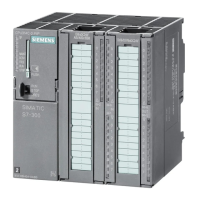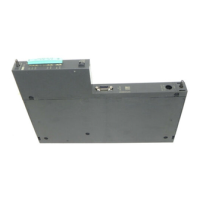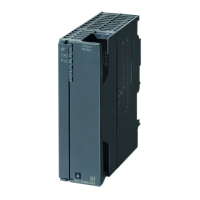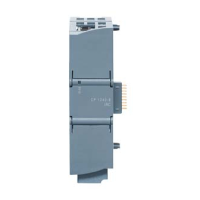Communication
3.2 Communication services
CPU 31xC and CPU 31x, Technical Data
3-16 Manual, 01/2006 Edition, A5E00105475-06
With PUT/GET functions
For S7 communication functions, such as PUT/GET or write / read via OP communication,
which do not require a block in the user program on the CPU (operating in server mode),
allowances must be made in the program for the extent of the data consistency. The
PUT/GET functions for S7 communication, or for reading/writing variables via OP
communication, are executed at the CPU's scan cycle checkpoint. To save a defined
process alarm response time, the communication variables are copied in blocks of up to 64
bytes (CPU 317, CPU 319: 160 bytes) to / from work memory at the scan cycle checkpoint of
the operating system. Data consistency is not guaranteed for larger data areas.
Note
If a defined data deficiency is required, the defined communication variables in the user
program of the CPU may be no larger than 64 bytes (for CPU 317, CPU 319: 160 bytes.)
3.2.10 Communication by means of PROFINET
What is PROFINET?
Within the framework of Totally Integrated Automation (TIA), PROFINET represents a
consequent enhancement of:
• PROFIBUS DP, the established fieldbus and
• Industrial Ethernet, the communication bus for the cell level
Experience gained from both systems was and is being integrated into PROFINET.
PROFINET is an Ethernet-based automation standard of PROFIBUS International
(previously PROFIBUS Users Organization e.V.), and defines a multi-vendor communication,
automation, and engineering model.
Objectives in PROFINET
The objectives in PROFINET are:
• Open Ethernet Standard for automation based on Industrial Ethernet.
Although Industrial Ethernet and Standard Ethernet components can be used together,
the Industrial Ethernet devices are more sturdy and therefore better suited for industrial
environments (temperature, immunity to interference, etc.)
• Use of TCP/IP and IT standards
• Automation with real-time Ethernet
• Total integration of field bus systems
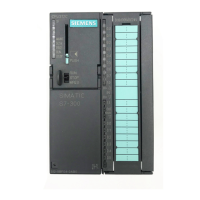
